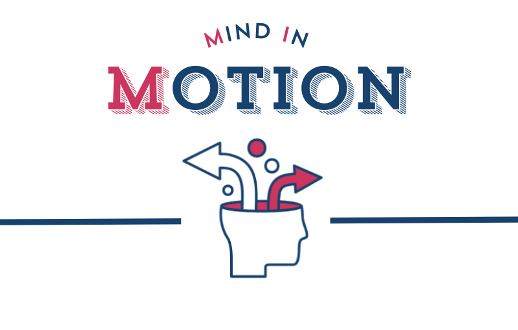Frequently Asked Questions
-
Not at all. While early intervention can be beneficial, many people in the chronic phase of recovery (months or even years post-stroke) can see real improvements. The Arm Recovery Method meets you where you are—regardless of how long it’s been.
-
It’s not uncommon for stroke survivors to experience a plateau with conventional therapy. However, research in neuroplasticity shows that the brain remains capable of change—even years after a stroke—when provided with the right stimulus. The Arm Recovery Method is grounded in these principles, using high-repetition, science backed activities to help rewire motor pathways to make meaningful gains.
-
No expensive or complex equipment is required. We use simple, accessible tools—many of which you likely already have at home. You’ll get clear guidance on everything you need.
-
We LOVE that you're interested in learning more about the research! We believe that knowledge is the first step towards owning personal healing power. Here are links to a few of our favorites (just click on the link to read the articles):
Multiple roles of motor imagery during action observation by Stephan Vogt, Franck, Di Rienzo, Christian Collet, Alan Collins, & Aymeric Guillot
Evidence-Based Review of Stroke Rehabilitation: Chapter 10 Upper Extremity Motor Rehabilitation Interventions from the HEART & STROKE FOUNDATION Canadian Partnership for Stroke Recovery-FUN FACT: Dr. Robert Teasell joined the Noggins & Neurons podcast! You can listen to his interview here-Part I and here-Part II
Effectiveness of Mirror Therapy on Upper Limb Motor Functions Among Hemiplegic Patients by Elanchezhian Chinnavan, Yaknya priya, Rishikesavan Ragupathy, & Yu Chye Wah
-
Great question!
Traditional rehab often stops once a “plateau” is reached. We designed the Arm Recovery Method with the understanding that plateaus only mean pause. It's not the end of your recovery journey, rather it's time to retrain the brain and body through intensive, targeted strategies. Our program focuses on neuroplasticity and repetition to help you regain motor skills, even if it’s been years since your stroke.
-
Great question! Traditional rehab often focuses only on physical recovery after an illness or injury. The Mind In Motion program is different — we specialize in memory and thinking changes. This could mean helping a person after a stroke who wants to sharpen their thinking skills, supporting someone with Mild Cognitive Impairment (MCI), or guiding families living with dementia.
Did you know that many people with MCI or dementia can still learn new skills? We take time to thoroughly assess abilities so we can accurately guide both the person receiving services and their care partners. Instead of short-term, one-size-fits-all therapy, we create practical strategies that adapt as your needs change.
-
No. We help anyone experiencing changes in memory, thinking, or problem-solving — whether it’s new, subtle changes or a more advanced dementia diagnosis. Support is valuable at any stage.
-
Sessions are tailored to you. How do we do this?
We start with a thorough evaluation that combines standardized assessments and skilled observation. You’ll receive a clear, detailed report of the results, which we review together. From there, we choose goals that truly matter to you and your family.
With this foundation, we design a personalized plan that includes practical strategies to help you reach your goals. A session might include:
Engaging in activities that stimulate memory and problem-solving
Building strength and flexibility to support independence
Practicing daily activities in ways that feel manageable and safe
Teaching new skills or routines
Guiding care partners with hands-on strategies and tools
Every session is built around your abilities, your goals, and your stage of the journey — and always takes place in the comfort of your home.
-
Care partners are never an afterthought — they are central to our work. We provide coaching, practical strategies, and emotional support so you feel less stressed, more confident, and more connected with your loved one.
What does emotional support look like? It might mean being present during conversations with other professionals, investigating and sharing community resources, or simply walking alongside you through difficult moments.
We know caregiving can be challenging. Our goal is to give you the tools, guidance, and reassurance you need to feel confident in your role
-
It begins with a free consultation. We’ll talk about your situation, your goals, and your challenges. From there, we create a personalized plan that fits your family’s needs.


